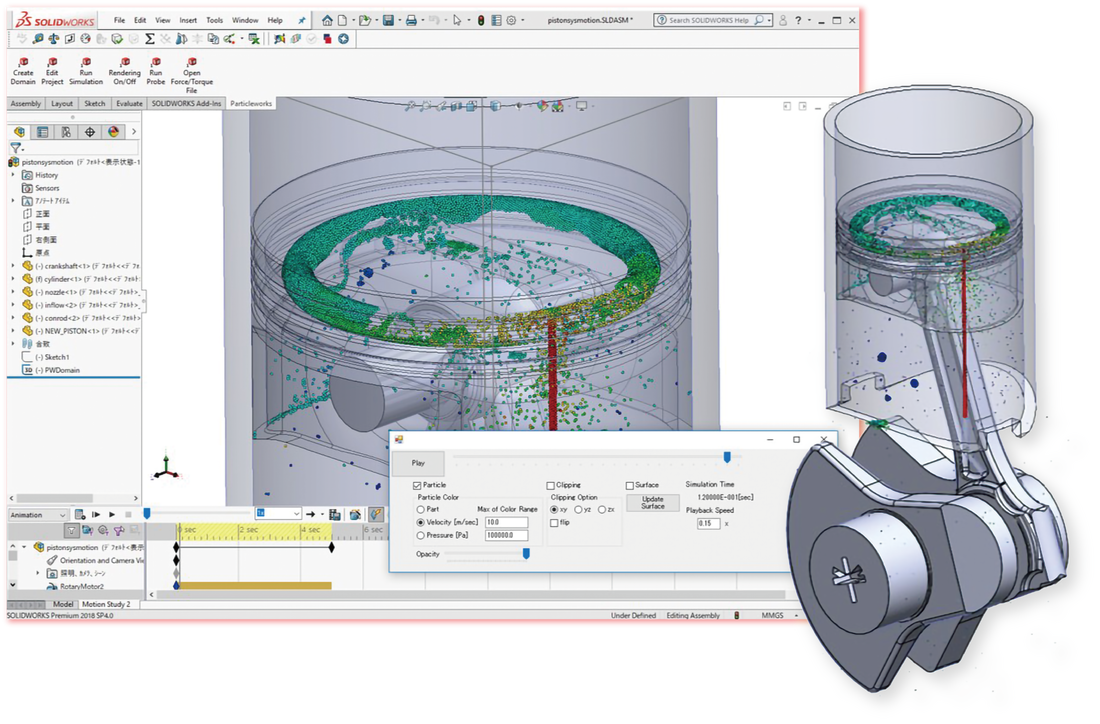
Install_dir\samples\tutorial \motionstudies\animation\plunger.sldasm. I have no idea what it is a plunger of-or what it is meant to plunge-but you can find the model in the following path: Each type of motion study will use a different model, and you can access these models yourself via Resources>Tutorials.įor the animation in this example, we will use a model of a plunger. This has invoked the motion study manager, and you are now ready to select your type of study, be it Animation, Basic Motion or Motion Analysis.įor each example, I will be using the assembly models found in the software’s tutorials. The Motion Study tab is highlighted in yellow at the bottom of the image. Click the Motion Study tab to bring up the Motion Manager timeline view. You open up an assembly, load up the motion add-in, and then you can see the Model tab and the Motion Study tab at the bottom of the screen. For our purposes here, we are going to skip that level and go straight on to the assembly mode, because we are interested in seeing how components visibly interact with each other.Īll of the motion studies begin in the same way. You can perform the most basic level of animation at a part level. I will provide some links to Basic Motion videos at the end of the article. In this article, we will take a look at the Animation and also the Motion Analysis categories. Motion Analysis: This is the top tier of motion study and takes into account a wider range of physical interactions such as impact effects, damping, force, momentum, etc.Basic Motion: For an extra layer of complexity that takes into consideration the effects of mass, springs, gravity and physical collision detection, then a Basic Motion study is more suited for your requirements.Animation: If you simply wish to create some nice visuals for presentation or marketing without consideration of mass and gravity effects, then animation is for you.The motion features of the software can assist with a wide range of motion study depending on how complicated your requirements are, and they can be divided into three categories: And that’s where SOLIDWORKS motion studies come into play. It’s all very useful if you wish to create singular objects such as brackets or plastic molds or items of that nature, but what if you are building dynamic components that move in relation to each other? What if you want to build a machine? Can CAD help?

Even the most basic CAD packages allow for this functionality. Since the early days of CAD, engineers have been able to use software to transform their ideas from sketches and calculations on paper into virtual models to assist with assembly work, as well as for exporting files for manufacturing in various CNC machines.īut that’s fairly elementary.


 0 kommentar(er)
0 kommentar(er)
